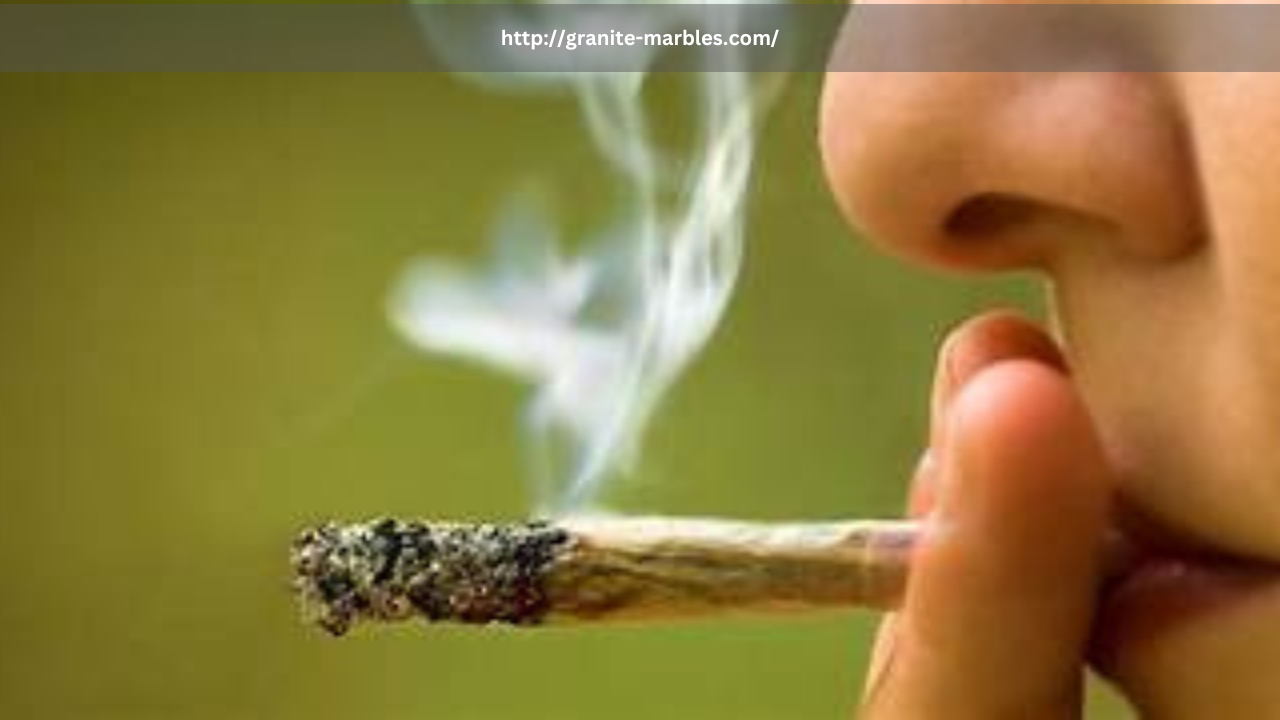Marijuana has gained widespread acceptance for its medical benefits, with many states and countries legalizing it for conditions like chronic pain, epilepsy, and anxiety. However, while medical marijuana provides therapeutic relief, there is a fine line between beneficial use and misuse. When does marijuana use cross that line and become addictive? Understanding the transition from medical use to dependence is crucial for recognizing and addressing Cannabis Use Disorder (CUD).
Medical Use of Marijuana
Medical marijuana is prescribed for a variety of conditions, including:
- Chronic pain management
- Nausea and appetite stimulation (especially for chemotherapy patients)
- Epilepsy and seizure disorders
- Anxiety and PTSD relief
- Inflammatory conditions like multiple sclerosis
For patients who use marijuana as directed by healthcare professionals, it can be a safe and effective treatment option. However, the risk of developing a dependence increases with prolonged and unsupervised use.
The Transition from Use to Misuse
Marijuana misuse begins when individuals start using it beyond medical necessity, often to achieve psychoactive effects rather than symptom relief. Signs of misuse include:
- Increasing dosage beyond the prescribed amount
- Using marijuana for non-medical reasons, such as stress relief or recreation
- Difficulty controlling consumption despite recognizing negative consequences
- Experiencing cravings or withdrawal symptoms when not using
When marijuana use shifts from controlled medical application to excessive and compulsive consumption, it raises the risk of addiction.
When Does Marijuana Become Addictive?
Addiction occurs when users develop a psychological or physical dependence on marijuana, often resulting in Cannabis Use Disorder. According to the National Institute on Drug Abuse (NIDA), around 9% of marijuana users develop an addiction, with the percentage increasing for those who begin using in adolescence or use high-potency strains frequently.
Signs of Marijuana Addiction
Some common signs of marijuana addiction include:
- Increased tolerance, leading to higher doses for the same effect
- Persistent cravings and difficulty cutting back
- Neglecting responsibilities due to marijuana use
- Withdrawal symptoms such as irritability, insomnia, loss of appetite, and anxiety
- Continued use despite negative effects on work, relationships, and daily life
Preventing Marijuana Misuse and Addiction
To prevent the transition from medical use to misuse, individuals should:
- Follow medical guidelines and use marijuana only as prescribed
- Regularly consult with healthcare providers to assess usage and effectiveness
- Avoid self-medicating with high-potency THC products
- Be aware of personal triggers and risk factors for dependence
- Seek support if they notice signs of excessive use or dependence
Treatment Options for Marijuana Dependence
For those struggling with marijuana addiction, several treatment approaches are available, including:
- Cognitive Behavioral Therapy (CBT) to address habits and triggers
- Motivational Enhancement Therapy (MET) to encourage change
- Support groups and counseling for emotional and psychological support
- Lifestyle changes, such as exercise and mindfulness, to reduce cravings
Conclusion
While marijuana has valuable medical applications, it is not without risks. Recognizing the difference between medical use and misuse is crucial for preventing addiction. By understanding the warning signs and seeking appropriate help, individuals can ensure that marijuana remains a beneficial treatment rather than a source of dependence.
